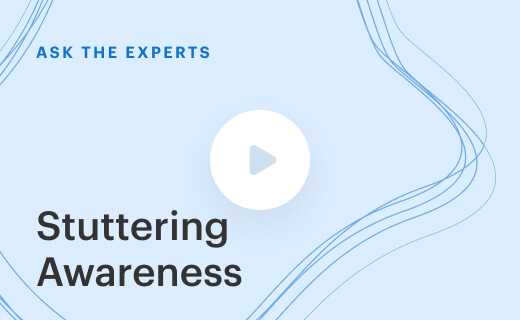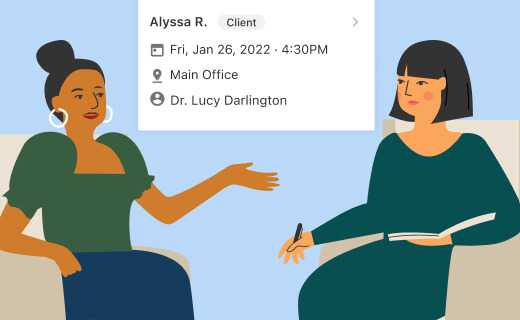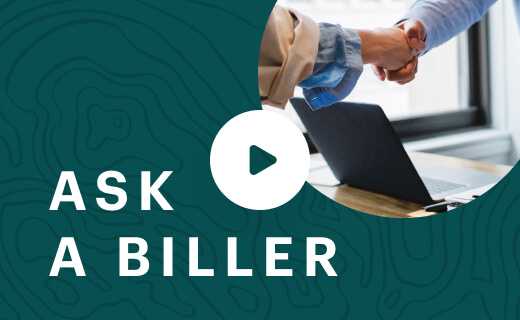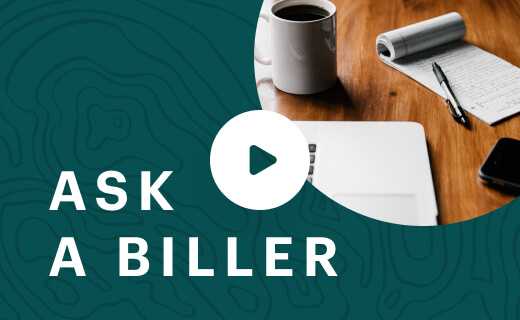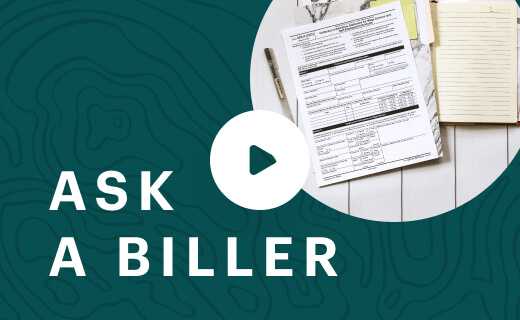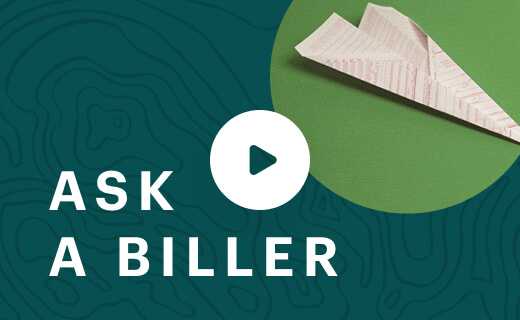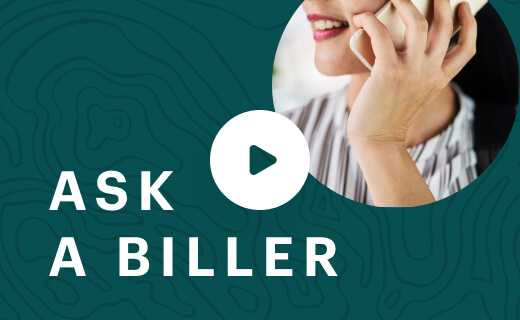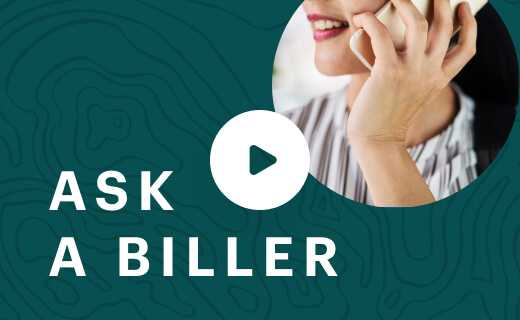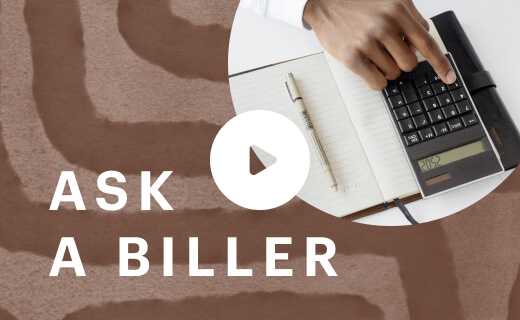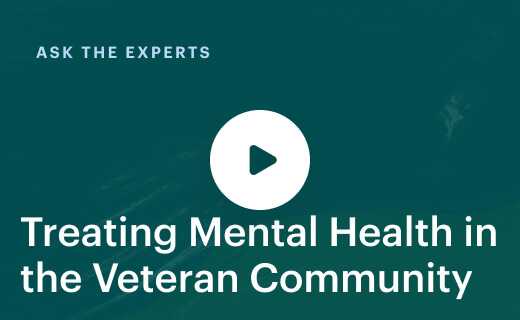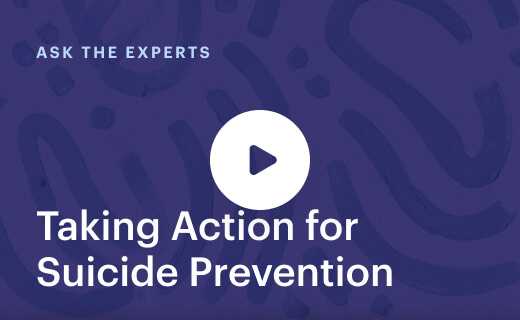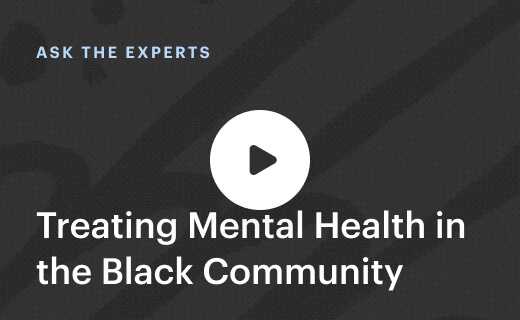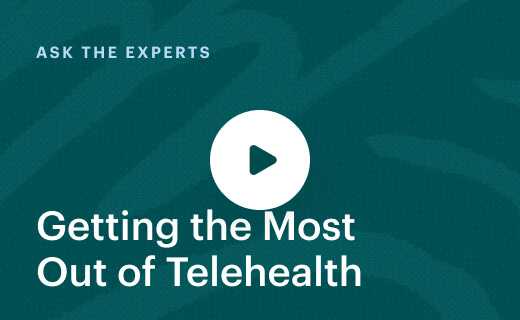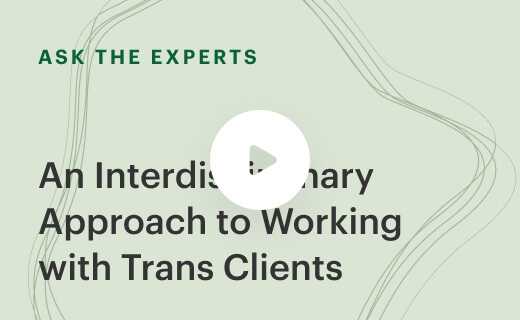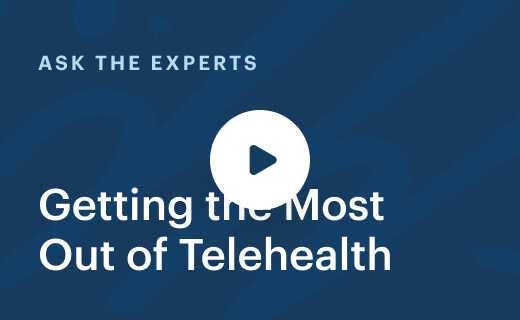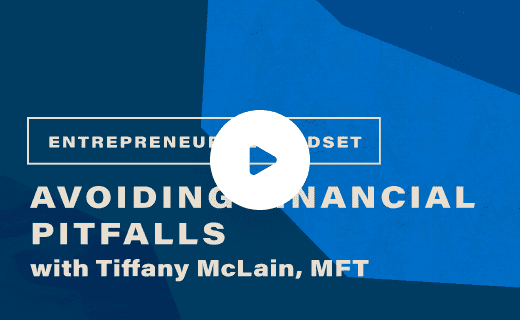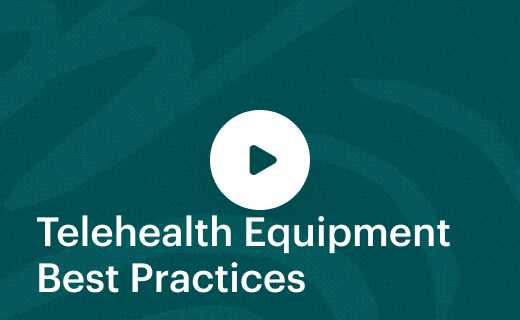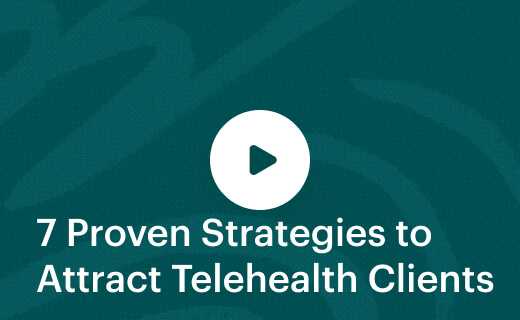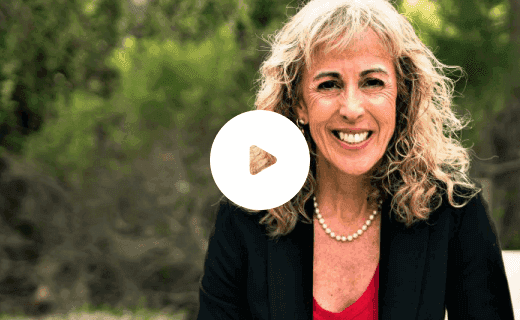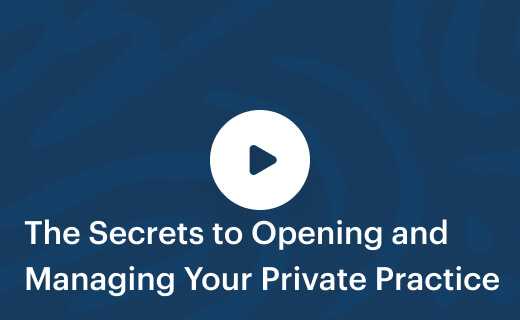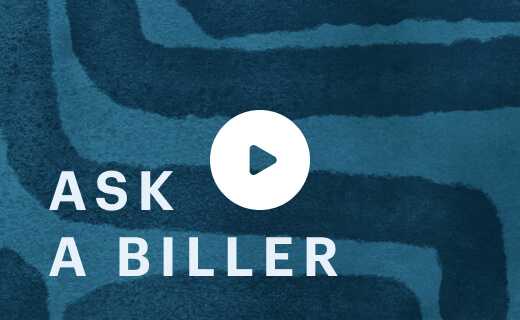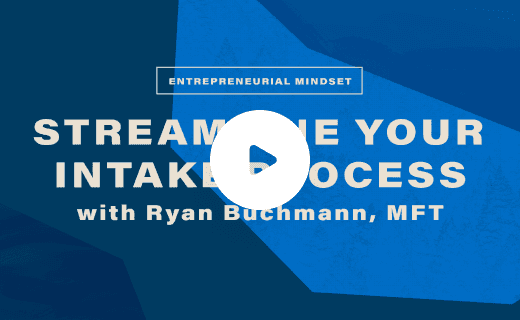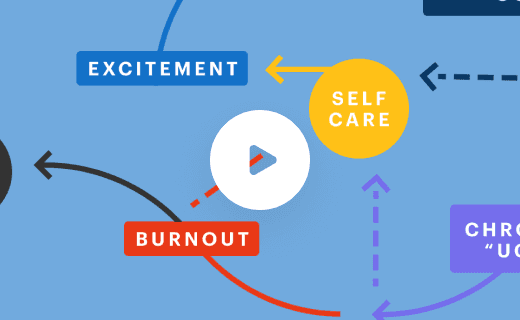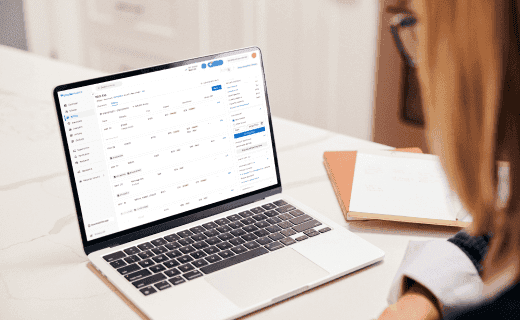The Secrets to Opening and Managing Your Private Practice
Free 30-day trial, access all this & more:
Want to know about other great webinars?
Join Adrien Paczosa, RD, as she discusses all the tips and secrets to opening your own private practice. You’ll find everything from how to be tax savvy, to finding your ideal clients. She also shares the advice she wishes she knew, before starting her private practice.
Whether you’re a speech language pathologist, occupational therapist, or behavioral health therapist, this video series has everything you need in order to successfully start your own private practice.
Video Transcription:
Today, we are talking about how you can afford to start your private practice, so we’re going to talk about money. I know. I know. Nobody loves talking about money, but it will be okay. I promise. Welcome to today’s video. I’m so excited to be here with you guys. We are going to talk about what you actually need to do to have a private practice and not be freaked out about money. This has to be the number one question I get from all of my students, so make sure you subscribe, and let’s jump into today’s video.
The first thing is, you got to know what you cost. This is all about you. So first and foremost, I want you to get out your piece of paper and write down everything that you currently are spending money on. It could be your rent, your mortgage, gym membership, car, credit card loans, student loans, your cell phone, everything. I always like to add in a little bit for variable costs, so miscellaneous things, every single month. Then also, I want you to write down if your current job is providing you health insurance, and savings, so we have every single cost all written down.
That is what you have to get every single month to afford you. To pay your bills, to live. And we’re just starting out. Eek. That’s going to be kind of overwhelming, and so what I really encourage you guys to do is to slowly ramp up that private practice as you decrease the full-time job until your private practice is able to make I would say 75% of your monthly cost of living before you jump into private practice. That’s what I did actually. I was at a full-time hospital. I slowly started to decrease my hours as I got more and more clients.
I was so thankful that the hospital was able to allow me to do that. We talked about the non-compete clause that the hospital had. That’s one conversation I really encourage you guys to do. I’ve had other coaching clients where the hospital or the practice that they were with didn’t kind of go for that, and so what they did was they had two part-time jobs. So as soon as their practice started to ramp up, they dropped one part-time job, and it ramped up a little bit more and then they dropped their other part-time job.
The other greatest advice I had ever gotten, actually it came from my dad, and he told me, “Always have anywhere from three to six months of your monthly bills saved up as an entrepreneur.” Heavens to Betsy, if anything ever happened to you and you weren’t able to work for three to six months, you are still going to pay your bills, afford your life, and not be stressed out. It’s okay that it’s going to take some time, and it’s so much worth it to go into your private practice with that safety and security and a good frame of mind so that you can put all of your focus and energy on your practice.
Let’s figure out next, what does that actually look like in clients? Let’s say you need to make $8,000 a month to survive. Okay? So let’s turn it into number of sessions. We have our 8,000 divided by the cost of your sessions. Let’s just say that you’ve done all of your research, you’ve used the simple-practice calculator and we’ve come up that you charge $120 per session. That’s going to give you about 67 sessions. How many is that a week? You’re going to take the 67 and divide that by four weeks. That gives you about 17 sessions, so 17 sessions in one week. Dude, that’s pretty doable. Think about how many you’re seeing right now in your current job.
But we’re not done just yet. One other thing that really is going to make sure you have a sustainable practice, and that is to make sure that you’re consistent, and you’re going to track everything. Every single week we want to make sure we’re hitting that 17. And we are wanting making sure that if we didn’t, how are we going to make up for it the next week? For example, let’s say that you had 17 sessions booked, and we all know maybe not everybody’s going to show up. Maybe one week you have 15, so uh-oh, we’re not going to be able to make our monthly needs. So that next week we want to see if we’re going to be able to get up to 20. That’s the part of tracking that will really put your mind at ease to have a sustainable practice. This is where I see a huge growth and huge peace of mind in all of my coaching clients.
Last, budgeting. Any time I make a purchase I do the calculation of how many patients I need to see. So if I want to go to a conference that is going to cost about 500 bucks, I know I need to see about five to six patients extra to cover the cost of that conference. If I wanted to buy an EHR, that for the whole entire year would cost $500, I only need to see five extra patients in one month to pay for a year of electronic medical records. So if you think about any big purchase in number of sessions, it really helps you to think how to budget your time so you can afford things.
Let’s recap everything that we’ve learned today about how to afford your private practice. Number one, you’re going to figure out your monthly budget you need to be making. Next, divide all of that by how much you will be collecting from your sessions to know how many patients you need to be seeing every month and every week. Next, track everything, so making sure that you’re hitting your weekly and monthly goals. This allows for you to feel safe and secure and to build a sustainable practice. Last, any time you are about to make a great big purchase or go to a conference, think how many sessions is that going to take extra on top of my monthly or weekly client needs.
Build the best practice you can.
Our resources to help you & your practice take the next step.




